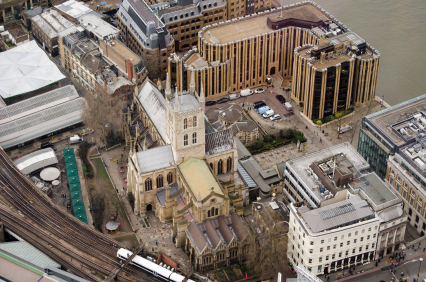 If you run a business or are an office manager, chances are that one of your main concerns has to do with keeping up productivity levels so that your company can compete in the local economy. As you probably know, one of the most important factors affecting productivity is absenteeism. According to the most recent Absence and Workplace Health survey, workplace absenteeism costs the British economy a whopping £14 billion a year. Most of it is due to sickness, as research has shown that the average British employee takes up to four more times the amount of sick days off than workers in other developed countries.
If you run a business or are an office manager, chances are that one of your main concerns has to do with keeping up productivity levels so that your company can compete in the local economy. As you probably know, one of the most important factors affecting productivity is absenteeism. According to the most recent Absence and Workplace Health survey, workplace absenteeism costs the British economy a whopping £14 billion a year. Most of it is due to sickness, as research has shown that the average British employee takes up to four more times the amount of sick days off than workers in other developed countries.
How to achieve a healthy office environment
Keeping your workforce healthy cannot be achieved by simply targeting one factor. It is important that office managers and business owners have a holistic perspective of what can be done in this respect, as the health of your workforce depends on both physical and psychological elements. So what are some of the things that can be done to improve the physical environment of your office in order to make it healthier? Continue reading “How to Keep your Office Healthy”








